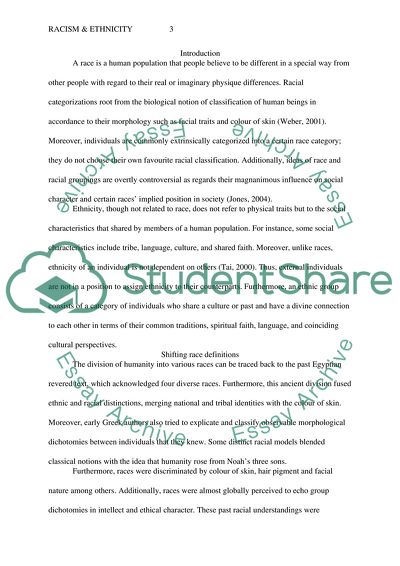Cite this document
(Racism and Ethnicity Coursework Example | Topics and Well Written Essays - 1500 words, n.d.)
Racism and Ethnicity Coursework Example | Topics and Well Written Essays - 1500 words. https://studentshare.org/sociology/1778689-diversitycross-cultural
Racism and Ethnicity Coursework Example | Topics and Well Written Essays - 1500 words. https://studentshare.org/sociology/1778689-diversitycross-cultural
(Racism and Ethnicity Coursework Example | Topics and Well Written Essays - 1500 Words)
Racism and Ethnicity Coursework Example | Topics and Well Written Essays - 1500 Words. https://studentshare.org/sociology/1778689-diversitycross-cultural.
Racism and Ethnicity Coursework Example | Topics and Well Written Essays - 1500 Words. https://studentshare.org/sociology/1778689-diversitycross-cultural.
“Racism and Ethnicity Coursework Example | Topics and Well Written Essays - 1500 Words”. https://studentshare.org/sociology/1778689-diversitycross-cultural.


